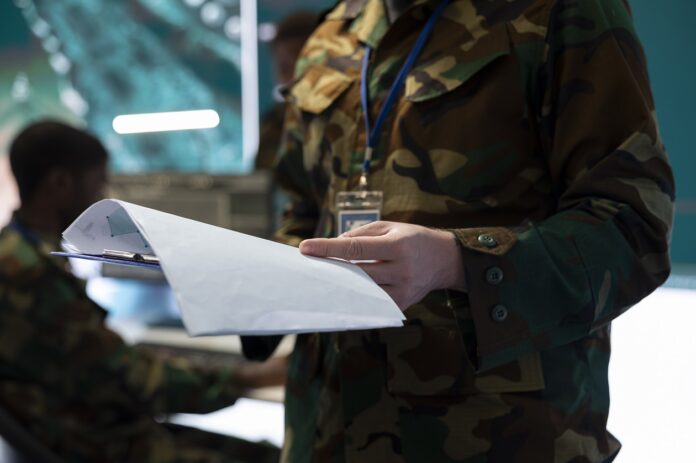The process for transferring command is basically the handover of responsibility during emergency situations. So, which system possesses the responsibility to transfer command in emergencies?
Answer: The Incident Command System or ICS is responsible for conducting smooth handover of tasks. The ICS is a component of NIMS or National Incident Management System and plays a crucial role in the entire incident management strategy.
The Incident Commander in the ICS designates the process for transferring command.
The Role of Incident Commander in the ICS
The current incident commander is the one who decides when the transfer of responsibility is necessary. He is also responsible for briefing the current situation to the incoming IC and make him aware and prepared for handling the situation. During the transfer of command, he briefs the situation in structural manner to the incoming IC, including the action plan taken to handle the incident, resources that they have, safety issues, and the objectives.
The Ex-IC can not leave the incident immediately after officially designating the new IC as leader. He still has several other duties, such as informing all the personnel in the project about the transfer and providing support, information, or advice when required. In many cases, the ex-IC gets a new responsibility as a new role. Therefore, the incident commander has a significant role in the entire process for transferring command without affecting the smoothness of the operation which is necessary in emergency situations.
How Does the Official Transfer of Command Happen?
The official transfer command involves the formal face-to-face meeting where the ex-IC briefs the situation and offers all the essential information to handle the situation safely. The date and time of the official transfer is noted properly to conduct clear communication during the operation. Proper documentation, formal briefing and clear communication are the three key objectives of the official command transfer.
Image source freepik






